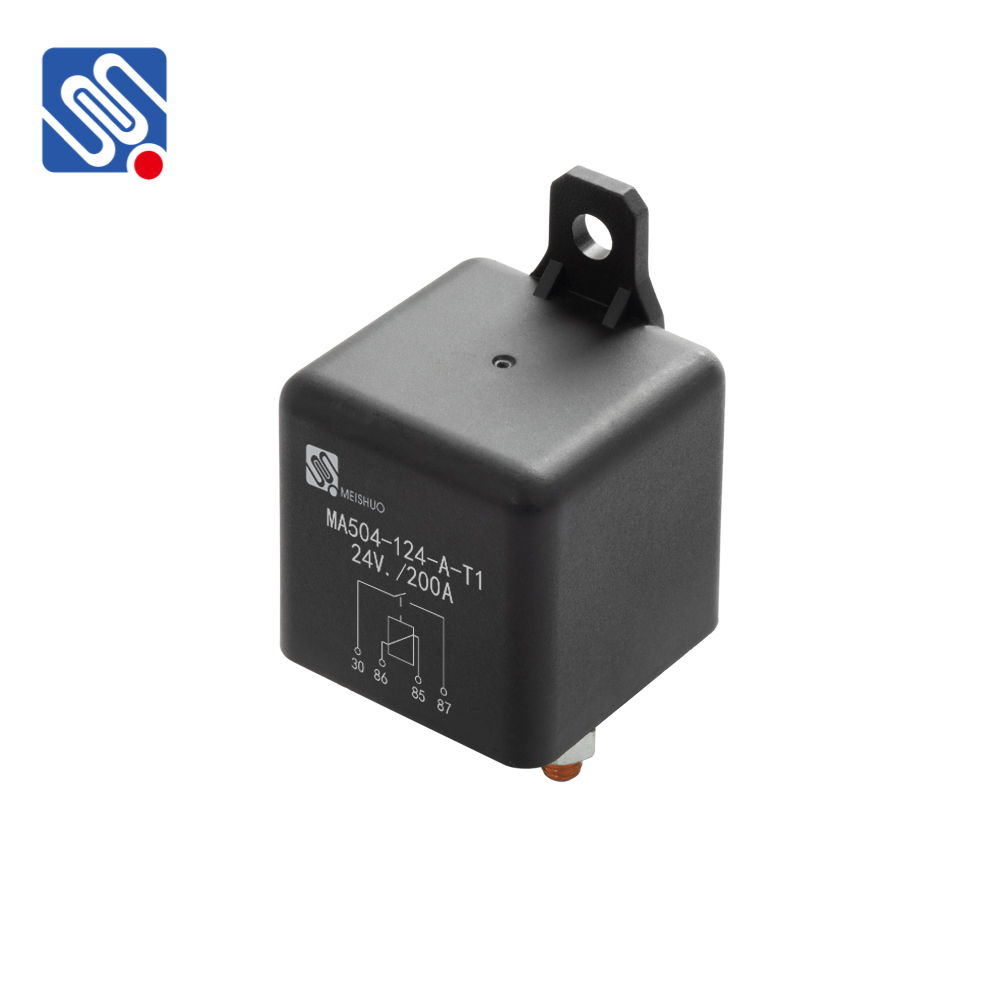relay installation: a comprehensive guide to proper setup and functionality
Release time:2025-11-14 20:50:07
Relay installation is an essential part of electrical systems, widely used in automation, control circuits, and industrial machinery. A relay acts as a switch that is activated by an electrical signal, controlling a higher voltage or current circuit with a lower voltage or current input. Correct installation and operation of a relay are crucial to ensure the efficient and safe functioning of electrical systems. In this article, we will discuss the basics of relay installation, including the essential components, steps for installation, and common troubleshooting tips.

Understanding Relays
A relay is an electromagnetic device that consists of a coil, an armature, and contacts (usually at least one set of Normally Open (NO) and Normally Closed (NC) contacts). When an electric current flows through the coil, it generates a magnetic field that moves the armature, thus opening or closing the contacts. This switching action allows the relay to control high-power devices, such as motors, lights, or heating elements, while being controlled by a low-power signal.
Relays are widely used in automation systems, vehicle electronics, home appliances, and industrial control systems. They can be used for various purposes, such as turning on lights, controlling the operation of motors, or even as protection devices in case of faults.

